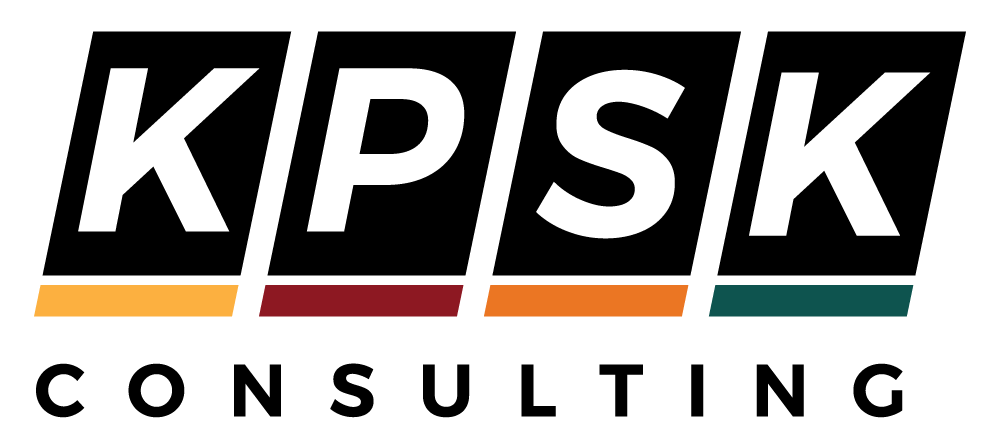SAN FRANCISCO ‒ The U.S. Department of Labor announced that its Occupational Safety and Health Administration has launched a Regional Emphasis Program to promote workplace safety and protect people employed in the landscaping and horticultural industries in four western states and three Pacific territories.From 2011-2021, the Bureau of Labor Statistics reported 1,072 work-related fatalities in the landscaping and groundskeeping industry. Of these, the 234 industry worker deaths in 2021 exceeded the national averages for fatalities, injuries and illnesses in other industries, a result that prompted OSHA’s action. For most landscaping industry workers, a day on the job means facing the risk of amputations, falls, electrocution, excessive noise, heat illness and ergonomic injuries; dangers associated with motor vehicle and machinery operations; and harm caused by animals, insects, pesticide and other chemical exposures.“By instituting a new regional emphasis program for landscaping industry employers in areas of federal jurisdiction, tribal lands, military bases and particular waterfront areas, OSHA aims to reduce the high fatality and injury rates we’ve seen in this industry while enhancing workplace safety,” said OSHA Regional Administrator James Wulff in San Francisco. “By intensifying our focus on the landscaping industry, we can show employers how they can protect their workers better and avoid needless tragedies.” The new regional emphasis program includes employers in American Samoa, Arizona, California, Guam, Hawaii, the Northern Mariana Islands and Nevada. Under the program, OSHA will conduct safety and health inspections of landscaping and horticultural industry employers and focus on tree care and related services, including tree and bush planting, pruning, bracing, spraying, removal and surgery; commercial lawn and landscape maintenance; and utility line tree-trimming services. OSHA encourages small employers to use the agency’s On-Site Consultation Program, which provides no-cost assistance with safety strategies and compliance with federal safety and health standards.

